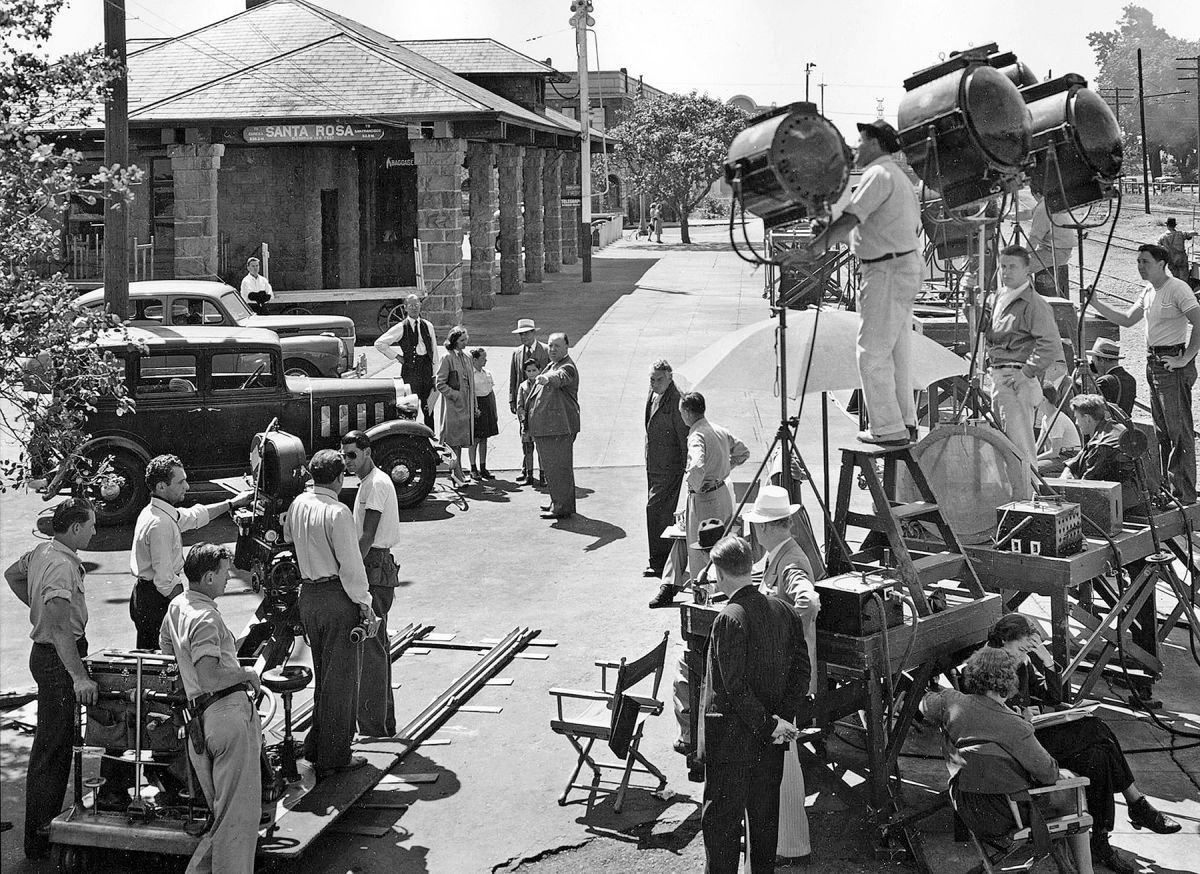
It feels as if Charlie knows its presence while the woman is completely unaware of it. As she notices the dollar bills on the floor and naively tells Charlie to be less messy, the camera is situated at a low angle right by his bed. Although the woman refers to them as his friends, it is clear from the conversation that they are after Charlie. Charlie is nonchalant and half asleep and pays little attention to her verbose conversation. Next, a woman enters, informing Charlie about two men waiting across the street who came by earlier and asked for him. The camera is like a silent accomplice to the audience during this intrusion into Charlie’s private room. Next, it tilts down, almost like a human head and takes notice of the rest of the dollars lying on the floor. The camera then turns left to take a peek at the things piled on his bedside table: a pitcher, a flask, two glasses, a wallet and lots of cash sitting on top of it. From this window, we look inside with the camera, as it zooms in to reveal Uncle Charlie (Joseph Cotten), lying on the bed and smoking a cigar. Then there is a shot of a street where children play ball a slow fade-in reveals a house, and a similar one shows one of its windows.

Next shot is of a junk car left by itself just a small distance away from the bridge and beyond it the city’s skyline is visible. This transition is rather bizarre because there is a big gap between the two shots in terms of atmosphere, but a while later we understand that it foreshadows the double life of the film’s protagonist. Shadow of a Doubt‘s opening is intriguing in the sense that it establishes the camera’s point of view as an invisible third person narrator that will explicitly point to us some of the most important clues about the story.Ĭouples in elegant dresses are dancing in a ballroom as the credits run and the image slowly fades in to the shot of a bridge, under which two men are eating sandwiches.


 0 kommentar(er)
0 kommentar(er)
